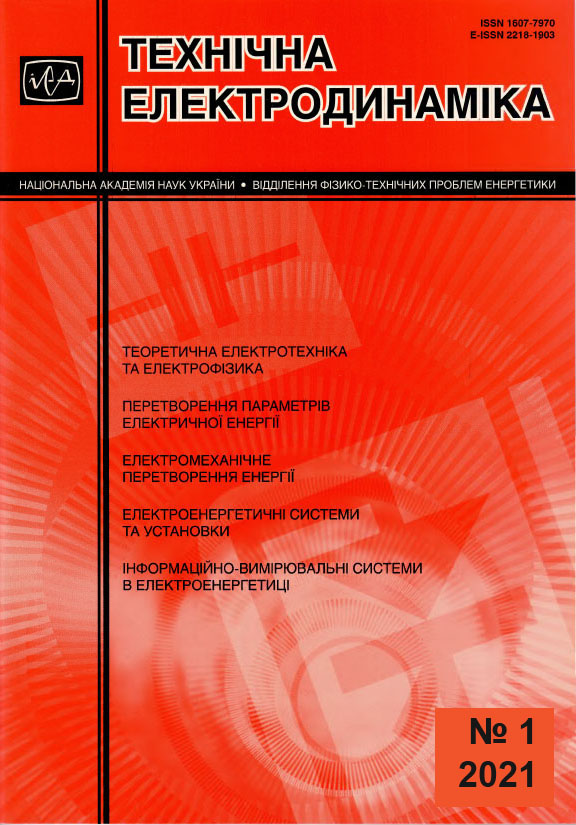Abstract
Have been proposed the new control framework for converters of renewable energy sources (RES-C), based on choosing their operation mode – grid-forming or grid-following in depends on the dynamic stiffness (DS) of the power system for some bus i (control point), where we can observe arbitrary disturbance. In the proposed RES-C control framework, in cases of small values of DS around bus i, used the grid-forming control mode of RES-C, and in cases of large values of DS around bus i, used the grid-following control mode of RES-C. Operation mode of RES-C can be changing in depends on measured DS values for bus i of a power system. References 4, figures 2.
References
Kwatny H. G., Miu-Miller K.. Power System Dynamics and Control, Control Engineering. New York: Springer Science + Business Media, 2016. 271 p. DOI: https://doi.org/10.1007/978-0-8176-4674-5.
Wide area monitoring systems – Support for control room applications. Technical Brochure. 2018. 750. CIGRE WG C2.17. URL: www.e-cigre.org (accessed: 15.01.2020).
Milano F., Dörfler F., Hug G., Hill D.J., Verbič G. Foundations and Challenges of Low-Inertia Systems. 20th Power Systems Computation Conference (PSCC-2018). Dublin, Ireland, June 11-15, 2018. Pp.1-25. DOI: https://doi.org/10.23919/PSCC.2018.8450880.
Denis G., Prevost T., Debry M-S., Xavier F., Menze A. The MIGRATE project: the challenges of operating a transmission grid with only inverter-based generation. A grid-forming control improvement with transient current-limiting control. IET (The Institution of Engineering and Technology) Renewable Power Generation. 2018. Vol. 12. No 5. Pp. 523-529.

This work is licensed under a Creative Commons Attribution-NonCommercial-NoDerivatives 4.0 International License.
Copyright (c) 2021 Array






